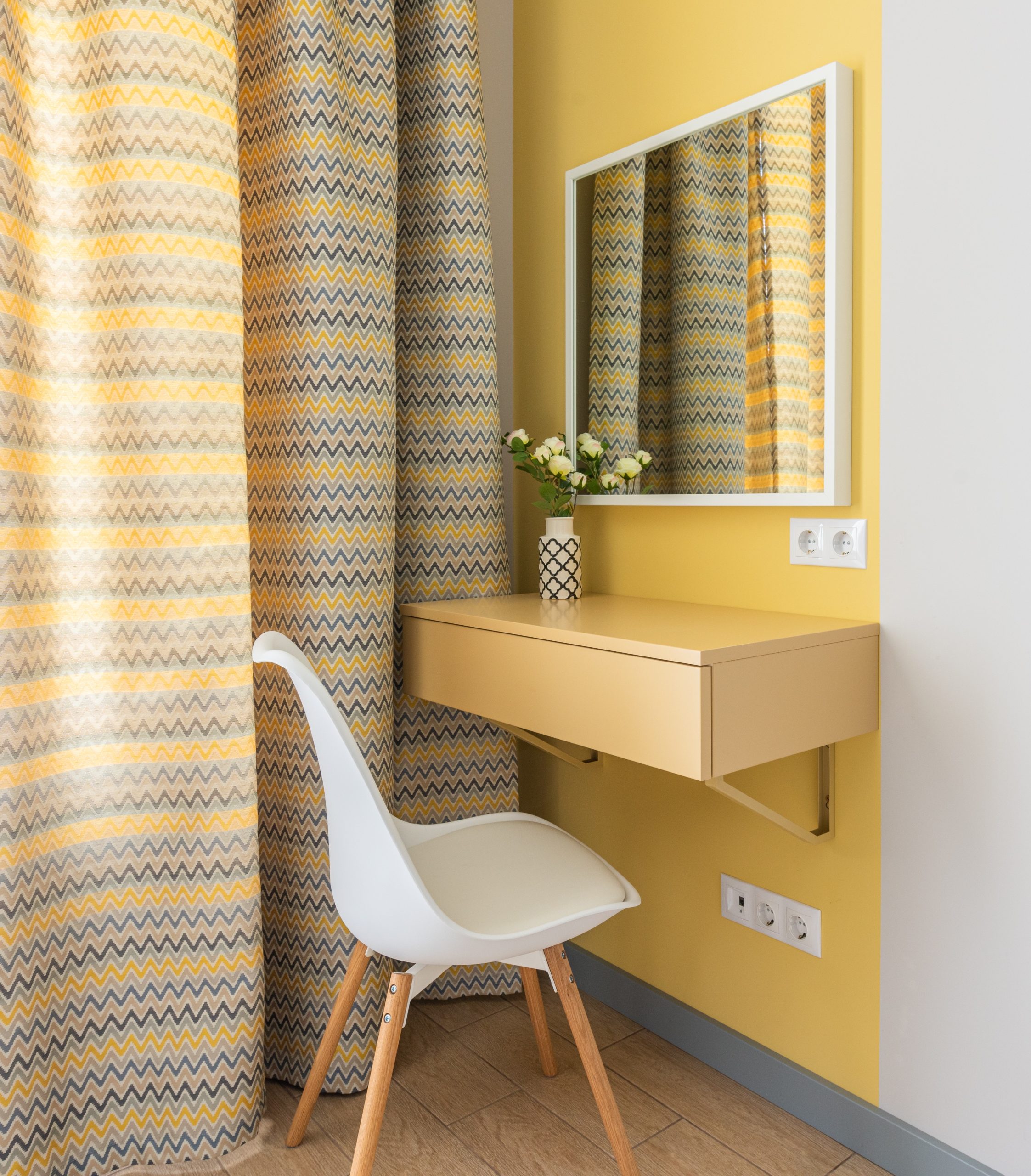
Our homes are more than just structures that provide shelter. They are the backdrop to our lives, influencing our emotions, actions, and overall well-being. Have you ever wondered why certain spaces make you feel relaxed and at ease while others seem to induce stress or restlessness? The answer lies in the psychology of interior design.
1. Colour Matters
Colour is one of the most influential aspects of interior design when it comes to affecting mood. Different colours can evoke various emotions and feelings:
- Blue: Associated with calmness and serenity, blue is an excellent choice for bedrooms and bathrooms.
- Yellow: This bright, cheerful color can boost optimism and creativity, making it suitable for kitchens and home offices.
- Green: Green is linked to nature and tranquility, making it ideal for living rooms and spaces where relaxation is essential.
- Red: A bold and energetic color, red can stimulate conversation and appetite, often used in dining rooms.
- Neutral Tones: Shades of gray, beige, and white create a timeless and versatile backdrop that can evoke a sense of cleanliness and sophistication.
2. Lighting Sets the Mood
Lighting is another crucial element of interior design that impacts our mood. Natural light is associated with improved mood and well-being. Spaces with ample natural light often feel more inviting and uplifting. On the other hand, harsh, artificial lighting can lead to eye strain and discomfort. The use of warm, soft lighting can create a cozy and relaxed ambiance, while bright, cool lighting can enhance focus and productivity.
3. Furniture Arrangement and Flow
The layout and arrangement of furniture can significantly affect the functionality and energy flow within a space. Consider the principles of Feng Shui, which emphasize the importance of balanced and harmonious room layouts. Furniture should promote a sense of comfort and ease of movement. Spaces that feel cluttered or cramped can induce stress, while open and well-organized layouts can enhance relaxation and productivity.
4. Personalization and Emotional Connection
Personalization plays a pivotal role in the psychology of home design. When a space reflects our personality, interests, and memories, it fosters a sense of belonging and comfort. Surrounding ourselves with cherished items and meaningful decor can evoke positive emotions and increase overall well-being.
5. Declutter for Mental Clarity
A cluttered and disorganized home can lead to feelings of anxiety and overwhelm. The act of decluttering and organizing not only improves the physical appearance of a space but also creates a sense of mental clarity. A tidy home can reduce stress and increase productivity, allowing you to focus on what truly matters.
The psychology of home design reveals that our surroundings have a profound impact on our mood, productivity, and well-being. By understanding how elements like color, lighting, furniture arrangement, personalization, and decluttering influence our emotions and behaviors, we can make intentional design choices to create spaces that nurture and support us. Whether you’re renovating your home or simply redecorating a room, remember that the choices you make can go beyond aesthetics—they can positively transform your daily life.
I’m on socials
Look, like and follow us!
Recent Comments